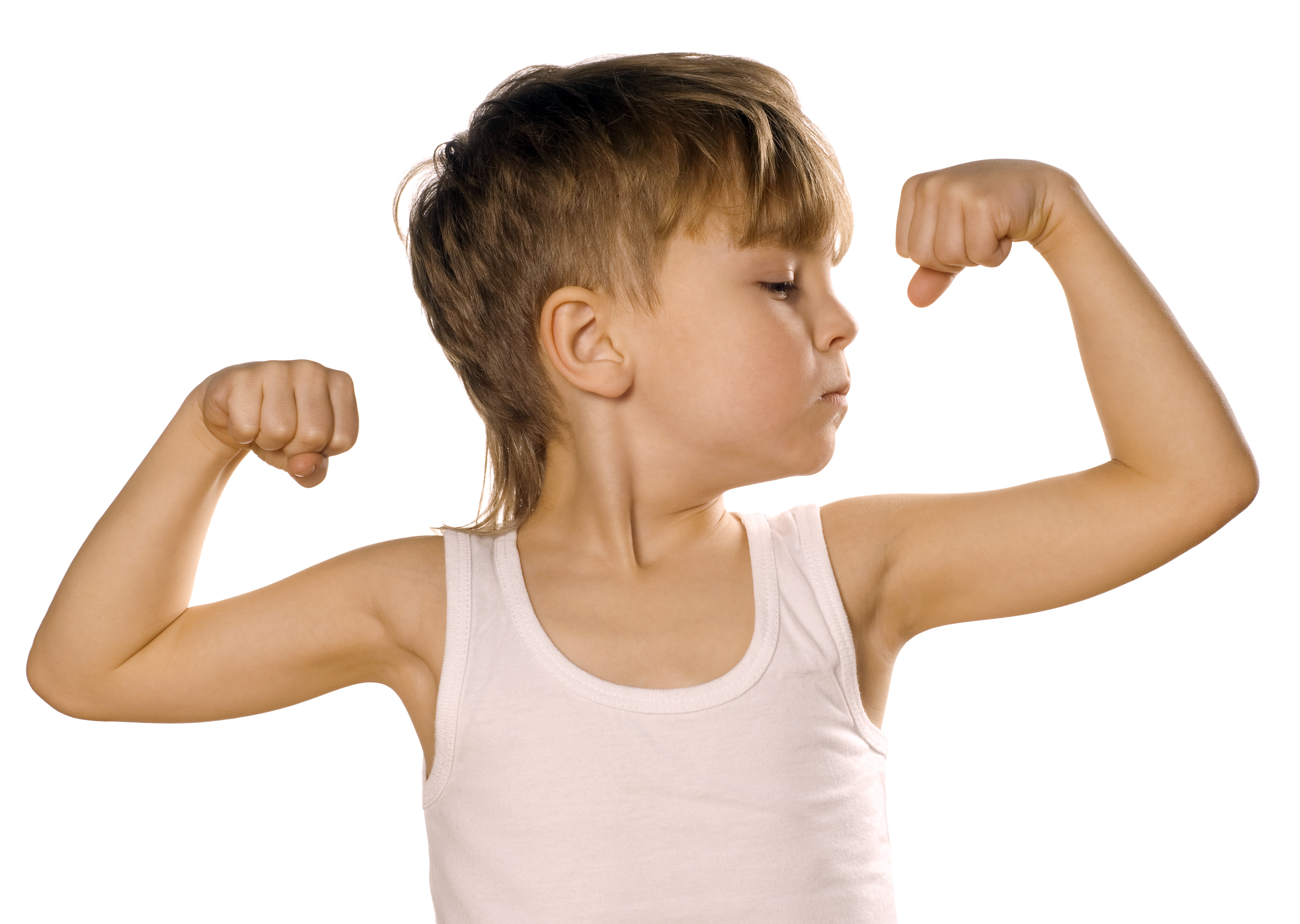
In a culture that links our value to what we look like and normalizes images that don’t represent most people (such as overly thin, young, Caucasian women), it’s not surprising that many adults express dissatisfaction with their bodies and that dieting is a major industry. Unfortunately, adult culture affects children, and research indicates that even preschoolers have increasingly negative body images.
A 2016 study found that almost half of childcare professionals say they have witnessed body image anxiety in 6 to 10 year olds, and a quarter have observed body confidence issues in children aged 3-5 years old. (Professional Association for Childcare and Early Years - PACEY)
Luckily, we as parents can have a major influence on our children’s development of a healthy body image, which includes a healthy body, a healthy emotional life, and a healthy attitude toward food and exercise, as well as a healthy body image.
- Model body positivity. Your child watches everything you say, so don’t say negative things about anyone’s body, including your own.
- Confront cultural messages. If your child says something negative about his or her body, listen and ask them what made them think of this. (You may be surprised at what is influencing them.) Then tell them that in your home, we support our bodies with love and appreciation. Challenge them to play a game with you to find ten things you each love about your body.
- Keep your family physically active. Your child will come to accept your family habits as normal life, so get outside and move for fun and health, not to look thin.
- Nurture healthy eating habits. Your child watches everything you do, so eat healthy, keep junk food for special occasions, and don’t diet. It doesn’t work anyway and it sets a terrible example. In the US, research shows that as many as 12.5% of girls and 6% of boys develop eating disorders. See: 15 Ways to Keep Your Child from Developing an Eating Disorder.
- Restrict Media Images. Research shows that kids with more media exposure have more negative body images. You won’t be able to keep your child from all media, but be sure that you talk with them about what they’re seeing.
- Support your child to develop a healthy racial identity. A healthy body image includes a healthy racial identity, so give some thought to how you’re talking with your child about race. See: Talking to kids about race.
- Support your child to develop a healthy sexual identity. Most parents don’t want to consider the word “sexuality” in relation to their child, but a healthy body image includes a healthy sexual and gender identity. See: Talking with Kids about Sex.
- Ask your child questions to start conversations about body image and gender roles. See 250 Conversation Starters for Family Discussions.




